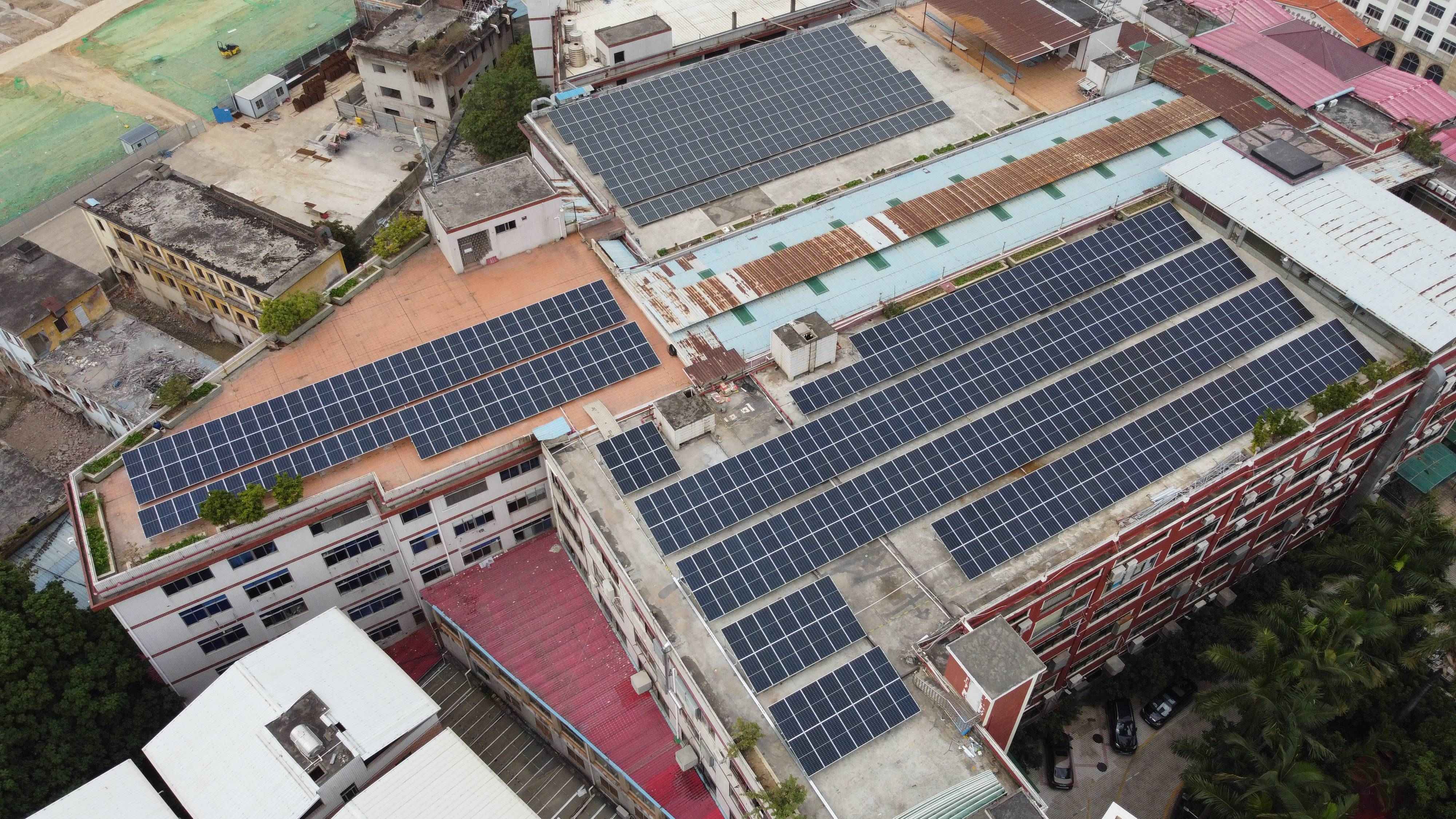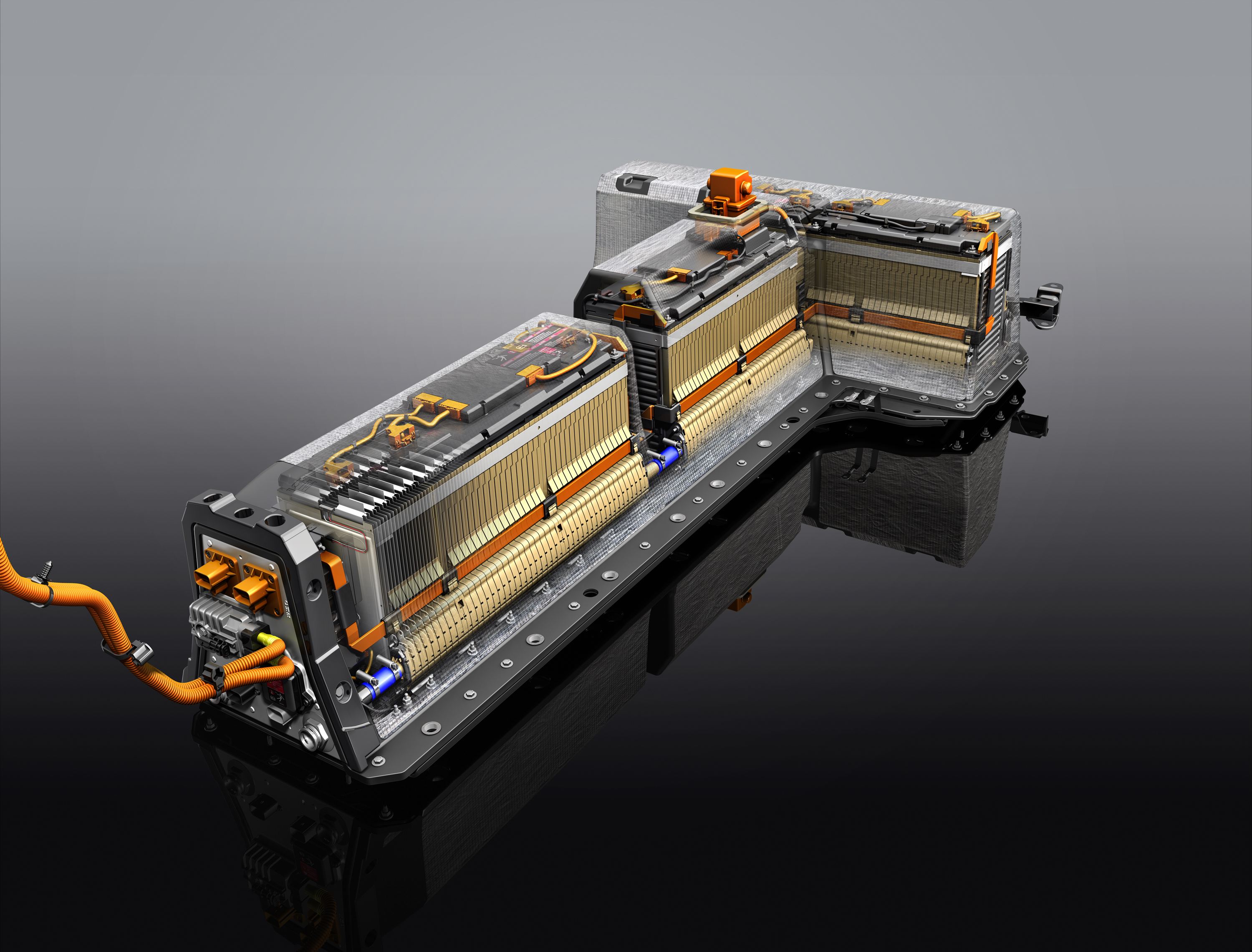
Desemba . 13, 2023 09:19 Rudi kwenye orodha
Matukio ya maombi ya kuhifadhi nishati
Energy storage applications can be divided into three major scenarios: power generation side,transmission and distribution side,and user side.These scenarios can further be categorized based on energy-based demand and power-based demand.Energy-based requirements,such as energy time shift,prioritize longer discharge times and do not have strict response time requirements.On the other hand,power-based requirements,like system frequency regulation,require fast response capabilities but shorter discharge times.It is important to analyze the specific needs in each scenario to identify the most suitable energy storage technology.
Starting with the power generation side,energy storage is used to meet various demand scenarios.These include energy time shift,capacity units,load tracking,system frequency regulation,reserve capacity,and renewable energy grid connection.Energy time shift involves charging the battery during low load periods and releasing the stored power during peak electric load periods.This is helpful in peak load shaving and valley filling.It is also used to store renewable energy and balance the grid connection over different periods.Capacity units,on the other hand,focus on reserving a certain amount of power generation capacity to meet peak load requirements.This helps improve the utilization rate and economic performance of thermal power units.

Ufuatiliaji wa mizigo ni huduma saidizi ambayo hurekebisha mizigo inayobadilika polepole katika muda halisi. Hii inatumika zaidi kwa mizigo ya njia panda, kupunguza kiwango cha njia panda cha vitengo vya jadi vya nishati. Udhibiti wa mzunguko wa mfumo ni muhimu kwa kudumisha uendeshaji salama na ufanisi wa uzalishaji wa umeme na vifaa vya umeme. .Vyanzo vya nishati asilia vina mapungufu katika kujibu maagizo ya utumaji wa gridi ya taifa, wakati uhifadhi wa nishati, hasa hifadhi ya nishati ya kielektroniki, hutoa kasi ya urekebishaji wa masafa ya haraka. Uwezo wa Hifadhi unarejelea hifadhi inayotumika ya nishati inayohakikisha ubora wa nishati na uthabiti wa mfumo wakati wa dharura. kwa ujumla ni ya chini kwa ajili ya maombi ya uwezo wa hifadhi. Hatimaye, muunganisho wa gridi ya nishati mbadala unahusisha kushughulikia sifa za mara kwa mara na zisizo na mpangilio za vyanzo vya nishati mbadala, kama vile nishati ya upepo na jua.
Moving on to the transmission and distribution side,energy storage applications focus on alleviating congestion,delaying the expansion of equipment,and supporting reactive power.Alleviating transmission and distribution congestion involves storing untransmitted power during line congestion and discharging it when the load is lower than the line capacity.This helps balance the supply and demand and requires a discharge time of around an hour.Delaying the expansion of power transmission and distribution equipment relies on energy storage systems to improve the capabilities of the power grid without the need for new facilities.The operating frequency is lower compared to congestion alleviation.Reactive power support regulates transmission voltage by injecting or absorbing reactive power on transmission and distribution lines.This ensures grid stability and power quality.

Lastly,on the user side,energy storage applications focus on time-of-use electricity price management,capacity fee management,improving power quality,and enhancing power supply reliability.User time-of-use electricity price management adjusts power load based on the time-of-use electricity price system,while capacity fee management reduces maximum power consumption to reduce costs.Energy storage systems help users store energy during low power consumption periods and discharge it during peak periods.This helps reduce overall load and capacity costs.Improving power quality is achieved through smoothing voltage and frequency fluctuations,especially in distributed photovoltaic systems.Finally,energy storage improves power supply reliability by ensuring uninterrupted power supply during outages.
In conclusion,energy storage technology offers various application scenarios in the power generation side,transmission and distribution side,and user side.In each scenario,the specific needs must be analyzed to determine the most suitable energy storage technology.Whether it is energy time shift,capacity units,load tracking,system frequency regulation,reserve capacity,or renewable energy grid connection,energy storage plays a critical role in optimizing power system operations,improving power quality,and enhancing reliability.
Bidhaa zinazohusiana:
Baraza la Mawaziri la Kuhifadhi Nishati ya Kujiponya-PW-164 - Aina ya Nguvu
Itaondolewa ikiwa inakiuka
Tovuti ya marejeleo: https://www.escn.com.cn
-
Wireless DC Charging: The Next Frontier in Contactless EV Power Delivery
HabariAug.04,2025
-
Hybrid BMS Energy Controls: Integrating Renewable Energy Sources
HabariAug.04,2025
-
Blockchain for Secure and Decentralized EMS Power Systems
HabariAug.04,2025
-
AI-Driven for Smart Grids: Energy Management System (EMS)
HabariAug.04,2025
-
Advanced Distribution Management System (ADMS) Energy
HabariAug.04,2025
-
5G-Enhanced BMS Energy Savings: Ultra-Low Latency Control
HabariAug.04,2025























